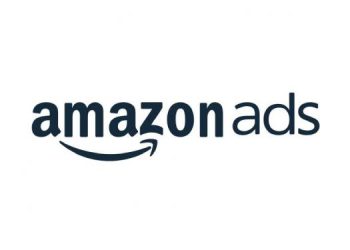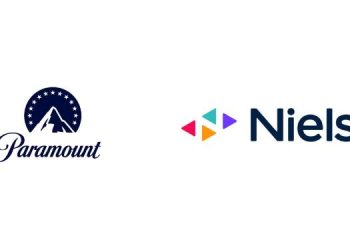For over a decade, the digital advertising industry has been revolutionized by AdTech innovations focused on improving campaign ROI. This shift has increased advertisers’ trust in digital mediums, evident in their leading position in advertising spend, surpassing other traditional mediums. Technology, transparency, and trust have been key drivers of this growth. Technology has provided transparency through impactful measurement of advertisement performance, thereby building advertisers’ trust. This highlights the importance of campaign measurement metrics, which are now evolving towards “attention metrics” to shape the future of digital advertising.
Attention metrics go beyond standard metrics like viewability and VTR, providing a clearer picture of ad performance with actual ad engagement data. They are part of an industry-wide effort to measure whether an ad’s message is truly being absorbed. This surpasses traditional metrics like impressions and views, offering insights into the quality of engagement and campaign efficacy. Emerging metrics like attentive cost per mille (aCPM), attention per mille (APM), and effective attention per mille (eAPM) offer more precise ways to assess ad performance. But various platforms and agencies also utilize their own defined metrics to report campaign success and engagement.
While the industry is positive about these metrics, a globally recognized framework for measuring ad engagement is needed. This would ensure all stakeholders, from brands and agencies to media platforms, are aligned in evaluating performance. Standardized metrics, particularly those focused on attention, can streamline how advertisers track and optimize their efforts while enhancing transparency and accountability. Currently, there’s no universally accepted definition of “attention,” and slightly different methodologies are used across the industry.
The industry is leveraging these metrics using eye-tracking technologies, machine learning algorithms, and additional proxy signals. However, the role of publishers is crucial. Publishers own the ad placements and must have robust platforms that support technology to measure performance, encompassing not only ad analytics but also content engagement data. With these capabilities, publishers can increase their revenue by charging a premium for ad placements. Given that programmatic advertising, the industry’s backbone, relies heavily on data, content engagement data like page time spent and page depth will enable platforms to analyze and report more effective attention metrics data.
Beyond this, the industry must agree on globally accepted standard definitions to mitigate user data privacy concerns, as some methodologies, especially those relying on detailed user data, can raise such concerns. I believe that by the end of 2025, there will be clear, industry-wide standardization of these metrics through collaboration, contextual analysis, and a multi-feature approach that combines various attention measurement techniques for a more holistic view of user attention.

















